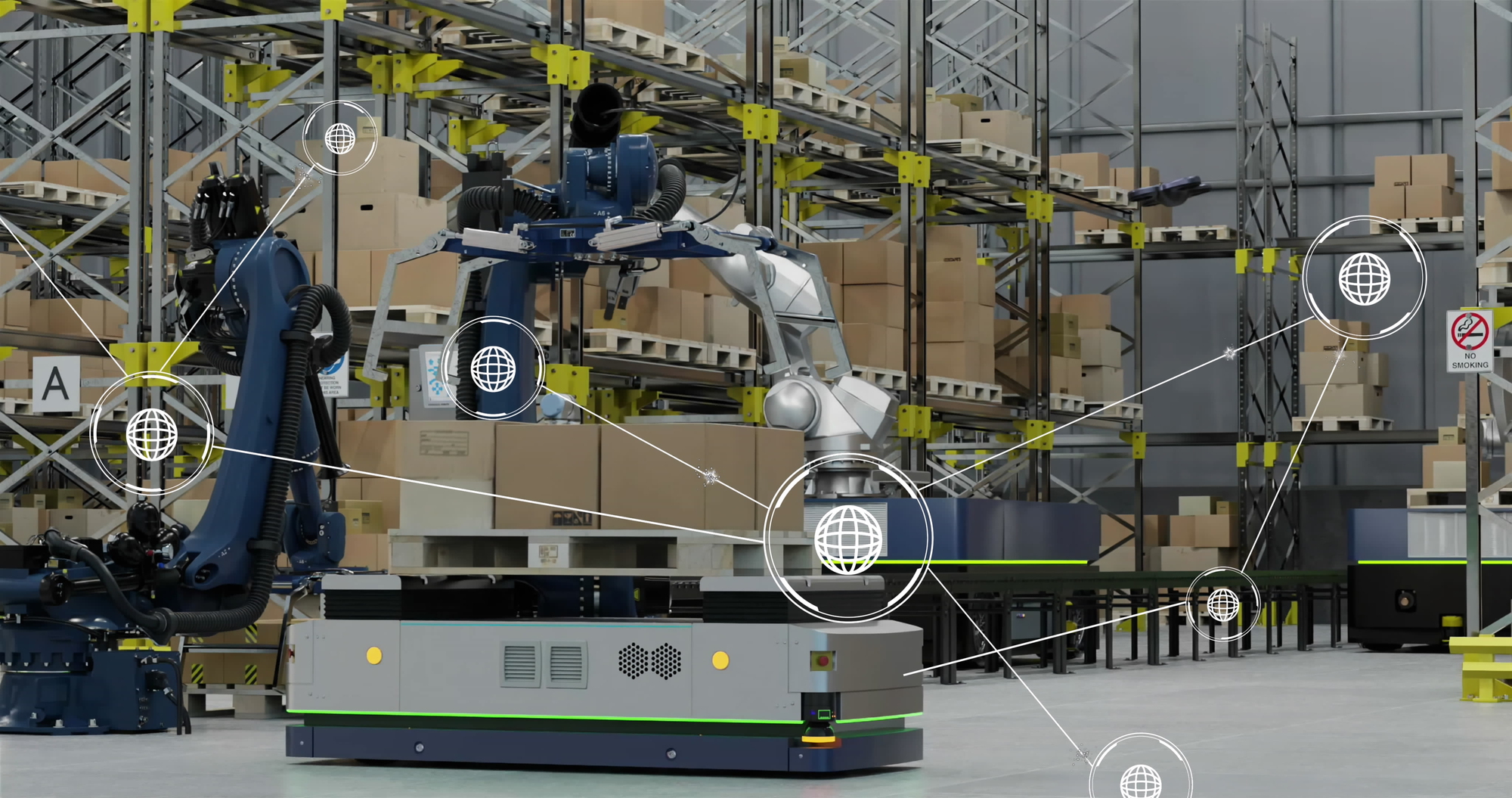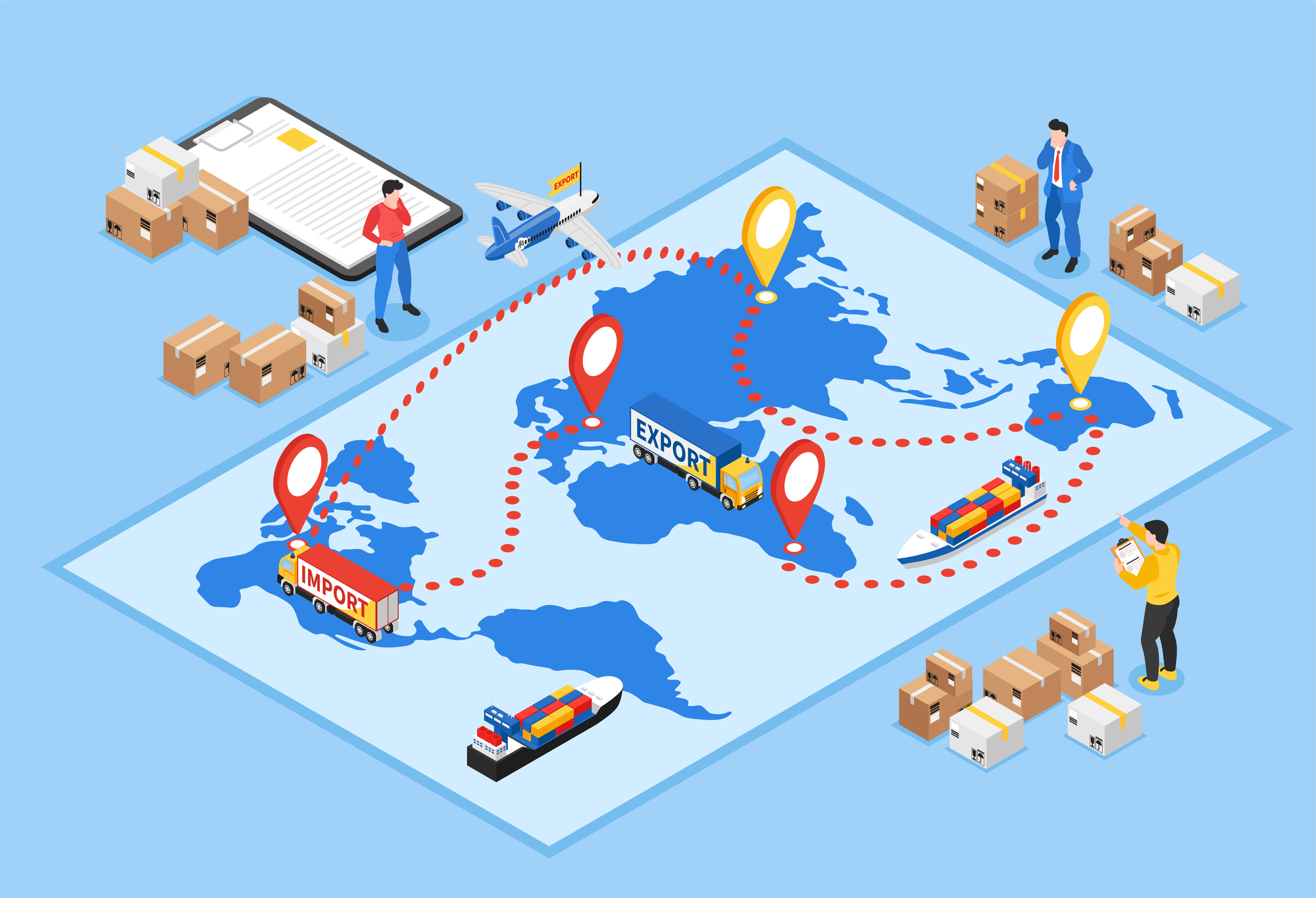For three days this month, over 500 professionals from private equity funds, mid-market industrials, and technology/service providers met at the Miami Beach Convention Center for the inaugural Industrial Exchange event. The first of its kind, Industrial Exchange (#IndEx2019) seeks to create a community of middle market industrial companies, private equity fund owners, technology and solution providers to share best practices and solve common issues. Through events, data, thought leadership, and peer-to-peer networking, IndEx aims to bring the community the latest technology and solutions that drive operational value-creation and lead to long-term, sustainable business growth.
SDI was proud to sponsor this one-of-a-kind event. On May 6th, SDI’s own, Tom Barrett, took the stage with former colleague and current client, Carole Wendt, SVP Global Procurement & CPO for Ascend Performance Materials. As a global manufacturer of the nylon, plastics, and synthetic fibers that are found in thousands of different commercial and industrial products, Ascend Performance Materials touches everything from carpeting to tires, apparel to agricultural products, and animal feed to personal care products.
Ascend’s Assessment
Carole Wendt didn’t hold back, and walked the audience through how Ascend completed an internal assessment of its indirect supply chain needs in 2009 and realized that it required a better way to not only manage its maintenance, repair, and operations (MRO) procurement and the costs associated with it, but also to align its MRO supply chain with its overall production reliability strategy.
“We had no visibility into what was bought. Our Master data was non-existent, and yet, we were reporting 99.9% inventory accuracy,” admitted Wendt as she explained the disconnected system of plants that SK Capital had inherited.
Puting a Strategic Plan Together
So, they embarked on a journey to move from tactical purchasing to a more strategic approach. It started with looking at their total spend for indirect materials. Some of the key points that they evaluated included the aggregation of that total spend across various plants, how to improve the procurement departments’ efficiencies, and the identification of potential areas of continuous improvement.
Working with SDI and their own in-house engineering talent, Ascend began strategizing with each of its plants to ferret out key areas that were in need of improvement.
“We had three main objectives,” said Wendt as she addressed a packed ballroom in the Miami Convention Center this week. “First we wanted to find a storeroom management process we could rally all the plants around. We needed to develop spend visibility with the potential to leverage technology and move into an Amazon-like catalog environment where Procurement fills the catalog and directs the spend to preferred suppliers. And then we wanted to build a platform where we could grow our focus on reliability and change the way we source instead of just one-off negotiations.”
Once the Company had completed the Request for Proposal process, the clear choice was the MRO as-a-Service model. A cultural change was needed. Continuing to in-source would just perpetuate the bad behaviors that these 5 different plants were exhibiting. The distributor model and equipment self-sourcing approach made the Company skeptical to have a distributor run their procurement side of the house. They realized the needed technology to support their Master Data clean-up. And they needed to stabilize storeroom service quickly to move beyond piece-part savings. Ultimately, the MRO As-a-Service approach presented by SDI created the highest value in the shortest amount of time.
Execution and Results
They moved all 5 plants to the new digital supply chain within 6 months. There was no pilot – no slow roll out – because that would allow the individuality of each plant to continue (which was a root cause issue). They stopped building in-house catalogs and started standardizing around SDI’s dynamic marketplace, ZEUS. As a result of implementing ZEUS, Ascend saw continuous improvements:
- Reduced p-card use at all sites by driving compliance on all spend through SDI.
- With SDI’s systems in place today, each of Ascend’s storerooms is more secure, and budgets are aligned.
- Inventories are now cataloged and tracked in real-time, and horded inventories have been eliminated, generating over $30 million in continuous improvement savings since 2012.
Reflection
One lesson learned, that Wendt shared was that the Company initially opted out of full IT integrations. She said this made the process difficult, and that if she were to do it again, she would integrate from Day 1 in order to realize the value quicker. Barrett, further emphasized the value by talking about how SDI completed MRO Supply Chain Assessments on additional SK Capital portfolio companies to determine the health prior to acquisition. Upon acquisition, SK introduced SDI to drive value-added improvements in their MRO supply chain.
The audience at IndEx was on the edge of their seats listening to the impact on operational cash flow, the impact on the plants, and the improved machine uptime and production.





